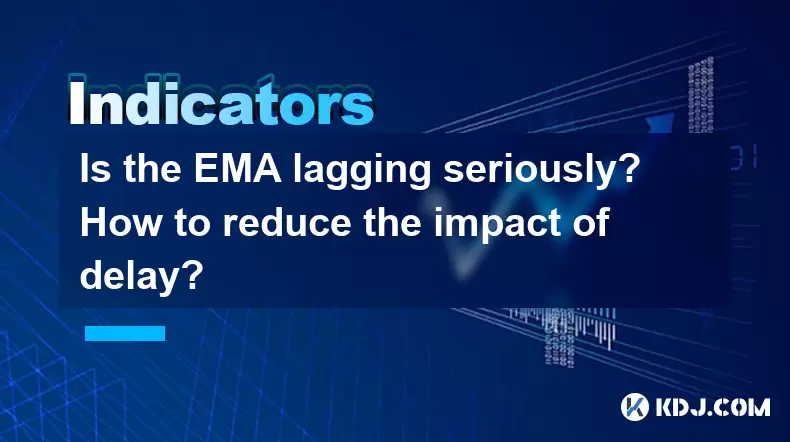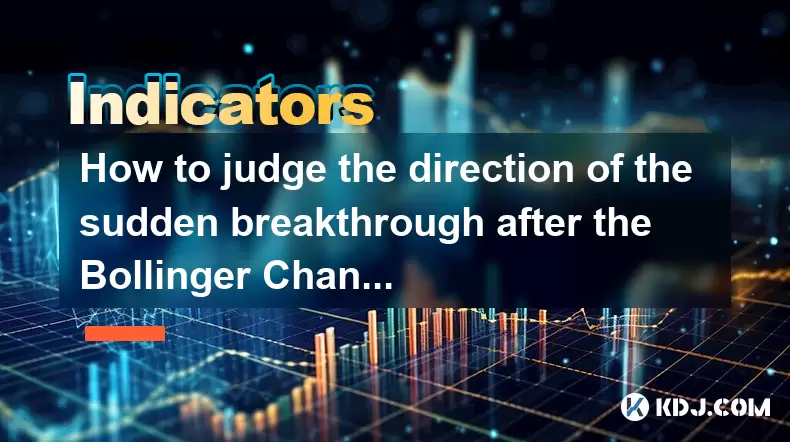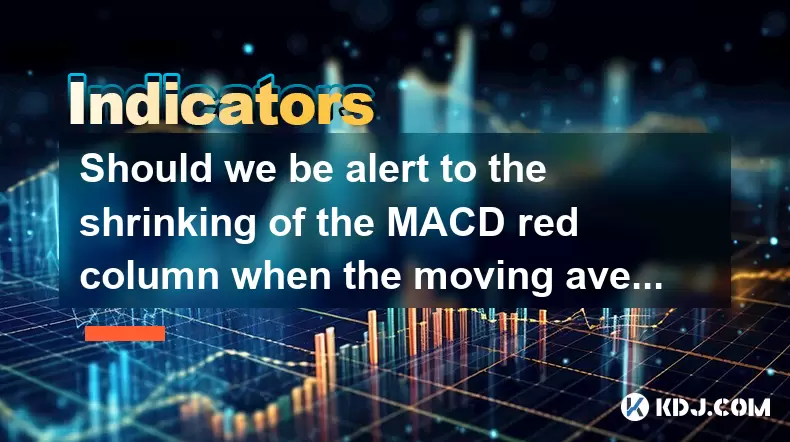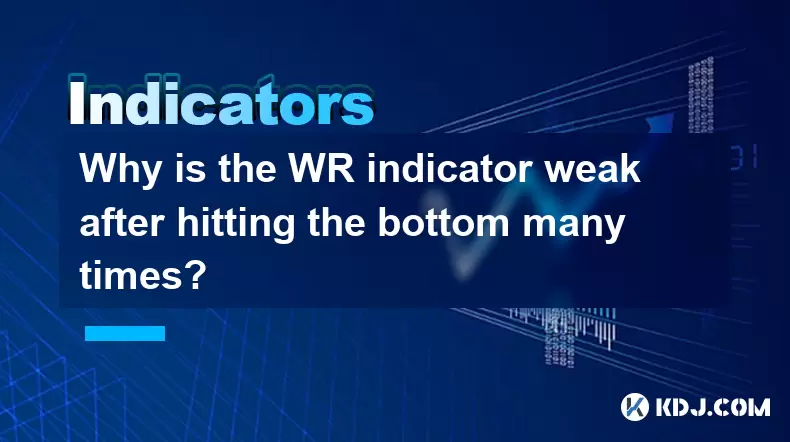-
 Bitcoin
Bitcoin $101,898.5005
-0.75% -
 Ethereum
Ethereum $2,258.1125
-1.07% -
 Tether USDt
Tether USDt $1.0004
0.01% -
 XRP
XRP $2.0178
-2.93% -
 BNB
BNB $624.0243
-1.53% -
 Solana
Solana $134.3298
-0.90% -
 USDC
USDC $0.9999
0.01% -
 TRON
TRON $0.2675
-2.05% -
 Dogecoin
Dogecoin $0.1538
-1.96% -
 Cardano
Cardano $0.5482
-1.11% -
 Hyperliquid
Hyperliquid $35.5636
5.45% -
 Bitcoin Cash
Bitcoin Cash $453.4902
-1.66% -
 Sui
Sui $2.5134
-2.97% -
 UNUS SED LEO
UNUS SED LEO $9.1292
1.77% -
 Chainlink
Chainlink $11.8457
-1.60% -
 Stellar
Stellar $0.2312
-2.73% -
 Avalanche
Avalanche $16.9721
0.29% -
 Toncoin
Toncoin $2.7549
-3.82% -
 Shiba Inu
Shiba Inu $0.0...01081
-1.10% -
 Litecoin
Litecoin $80.8250
-0.71% -
 Hedera
Hedera $0.1374
0.21% -
 Monero
Monero $305.4827
-2.36% -
 Ethena USDe
Ethena USDe $1.0006
0.00% -
 Dai
Dai $1.0000
-0.01% -
 Polkadot
Polkadot $3.2085
-3.12% -
 Bitget Token
Bitget Token $4.0845
-3.13% -
 Uniswap
Uniswap $6.3353
-1.63% -
 Pi
Pi $0.5085
-0.70% -
 Pepe
Pepe $0.0...08913
-3.82% -
 Aave
Aave $232.7090
-0.58%
Is the EMA lagging seriously? How to reduce the impact of delay?
EMA's lagging can be mitigated by shortening the period, using multiple EMAs, and combining with indicators like RSI or MACD for more timely trading signals.
May 23, 2025 at 05:21 am

Introduction to EMA and Its Lagging Issue
The Exponential Moving Average (EMA) is a widely used technical indicator in the cryptocurrency trading community. It is favored for its ability to give more weight to recent price data, making it more responsive to new information compared to the Simple Moving Average (SMA). However, despite its responsiveness, the EMA still suffers from a degree of lagging. This lagging can be a significant issue for traders who rely on timely signals to make trading decisions. In this article, we will explore the extent to which the EMA lags and discuss strategies to reduce the impact of this delay.
Understanding EMA Lagging
EMA calculates its value by applying a weight to the most recent price data, which decreases exponentially for older data. The formula for EMA is:
[ \text{EMA}{\text{today}} = (\text{Price}{\text{today}} \times \text{Multiplier}) + (\text{EMA}_{\text{yesterday}} \times (1 - \text{Multiplier})) ]
where the Multiplier is calculated as ( \frac{2}{(\text{Time period} + 1)} ). Despite this weighting, the EMA still reacts to price changes with a delay, especially over shorter time periods. This delay can lead to missed trading opportunities or false signals.
Quantifying the Lagging of EMA
To understand the seriousness of the EMA's lagging, it's essential to quantify it. The lag can be measured by comparing the EMA's response time to price changes with the actual price movement. For instance, if a cryptocurrency's price suddenly spikes, the EMA will take several periods to fully reflect this change. The extent of the lag depends on the chosen time period for the EMA. A shorter time period, such as a 10-day EMA, will have less lag than a longer period like a 50-day EMA.
Strategies to Reduce the Impact of EMA Lagging
To mitigate the effects of EMA lagging, traders can employ several strategies. These include adjusting the EMA period, using multiple EMAs, and combining EMAs with other indicators.
Adjusting the EMA Period
One of the simplest ways to reduce the impact of EMA lagging is to shorten the EMA period. A shorter period, such as a 5-day or 10-day EMA, will react more quickly to price changes than a longer period like a 20-day or 50-day EMA. However, traders must be aware that shorter periods can also increase the risk of false signals.
- Choose the desired EMA period based on your trading strategy.
- Apply the EMA to your chart and observe its responsiveness.
- Adjust the period until you find a balance between responsiveness and reliability.
Using Multiple EMAs
Another strategy is to use multiple EMAs with different time periods. This approach can help traders identify trends more accurately by observing the crossovers between different EMAs.
- Apply a shorter-term EMA (e.g., 10-day) and a longer-term EMA (e.g., 50-day) to your chart.
- Look for crossovers between the two EMAs to identify potential entry and exit points.
- Confirm the trend direction by observing the slope of the longer-term EMA.
Combining EMAs with Other Indicators
Combining EMAs with other technical indicators can also help reduce the impact of lagging. For instance, using EMAs in conjunction with the Relative Strength Index (RSI) or the Moving Average Convergence Divergence (MACD) can provide more robust signals.
- Apply the EMA to your chart along with the chosen secondary indicator.
- Use the EMA to identify the trend direction and the secondary indicator to confirm the signal.
- For example, if the EMA indicates an uptrend and the RSI is above 50, it may be a strong buy signal.
Practical Example of Reducing EMA Lagging
Let's consider a practical example of how to apply these strategies in a real trading scenario. Suppose you are trading Bitcoin (BTC) and want to use a 10-day EMA to identify short-term trends.
- Open your trading platform and load the BTC/USD chart.
- Apply a 10-day EMA to the chart to identify short-term trends.
- Observe the EMA's response to price movements and adjust the period if necessary.
- Add a 50-day EMA to the chart to confirm the trend direction.
- Use the RSI as a secondary indicator to validate the EMA signals.
- Look for instances where the 10-day EMA crosses above the 50-day EMA and the RSI is above 50, indicating a potential buy signal.
Conclusion
The EMA is a valuable tool for cryptocurrency traders, but its lagging can be a significant issue. By understanding the nature of EMA lagging and employing strategies such as adjusting the EMA period, using multiple EMAs, and combining EMAs with other indicators, traders can effectively reduce the impact of this delay and improve their trading performance.
Frequently Asked Questions
Q: Can the EMA be used effectively for day trading?
A: Yes, the EMA can be used effectively for day trading, especially when using shorter periods like a 5-day or 10-day EMA. However, day traders should be cautious of false signals and use additional indicators to confirm trends.
Q: How does the EMA compare to the SMA in terms of lagging?
A: The EMA is less prone to lagging than the SMA because it gives more weight to recent price data. However, both indicators still experience some degree of lag, and the EMA's advantage diminishes over longer periods.
Q: Is it possible to eliminate EMA lagging completely?
A: No, it is not possible to eliminate EMA lagging completely. However, by using the strategies discussed in this article, traders can significantly reduce its impact and improve their trading decisions.
Q: Can the EMA be used for long-term investing?
A: Yes, the EMA can be used for long-term investing by using longer periods such as a 50-day or 200-day EMA. These longer periods are less sensitive to short-term price fluctuations and can help identify long-term trends.
Disclaimer:info@kdj.com
The information provided is not trading advice. kdj.com does not assume any responsibility for any investments made based on the information provided in this article. Cryptocurrencies are highly volatile and it is highly recommended that you invest with caution after thorough research!
If you believe that the content used on this website infringes your copyright, please contact us immediately (info@kdj.com) and we will delete it promptly.
- Cryptocurrencies, Coingecko, and Trending Tokens: What's Hot Now?
- 2025-06-23 23:05:12
- FUNToken: Decoding Past Trends and Getting Started in the Gaming Crypto Sphere
- 2025-06-23 22:25:12
- BTC Price Analysis: Navigating Volatility and the Quest for a New ATH
- 2025-06-23 22:25:12
- Genesis, Bitcoin Mining, and Air-Cooled Miners: A New Era?
- 2025-06-23 22:45:12
- Coinbase's Growth and Resilience: Navigating the Crypto Landscape
- 2025-06-23 22:45:12
- Bitcoin Options Market: Bullish Bets Amidst Geopolitical Jitters
- 2025-06-23 22:51:52
Related knowledge

What is the significance of the gap formed by the gap opening not being filled within five days?
Jun 23,2025 at 09:42pm
Understanding Gaps in Cryptocurrency TradingIn the world of cryptocurrency trading, a gap refers to a situation where the price of an asset jumps from one level to another without any trading activity occurring between those two levels. This often happens over weekends or holidays when the market is closed, and significant news or events occur that impa...

Does the second golden cross of MACD above the zero axis represent the continuation of strength?
Jun 23,2025 at 08:21pm
Understanding the MACD IndicatorThe Moving Average Convergence Divergence (MACD) is a widely used technical analysis tool in cryptocurrency trading. It consists of three main components: the MACD line, the signal line, and the histogram. The MACD line is calculated by subtracting the 26-period Exponential Moving Average (EMA) from the 12-period EMA. The...

How to judge the direction of the sudden breakthrough after the Bollinger Channel narrows to the extreme?
Jun 23,2025 at 11:00pm
Understanding the Bollinger Channel and Its Narrowing PatternThe Bollinger Channel is a widely used technical indicator in cryptocurrency trading, consisting of three bands: the middle band (a simple moving average), and two outer bands that represent standard deviations from the middle line. When the price consolidates for an extended period, the chann...

Is it effective when the DIF line suddenly crosses the zero axis when the volume is shrinking and the market is trading sideways?
Jun 23,2025 at 07:29pm
Understanding the DIF Line in Technical AnalysisThe DIF line, or the Difference Line, is a critical component of the MACD (Moving Average Convergence Divergence) indicator, widely used in technical analysis across cryptocurrency and traditional financial markets. It represents the difference between the 12-period EMA (Exponential Moving Average) and the...

Should we be alert to the shrinking of the MACD red column when the moving average is arranged in a bullish pattern?
Jun 23,2025 at 08:14pm
Understanding the MACD Red Column and Its SignificanceThe Moving Average Convergence Divergence (MACD) is a widely used technical indicator in cryptocurrency trading. It consists of three main components: the MACD line, the signal line, and the MACD histogram (the red column). The red column represents the difference between the MACD line and the signal...

Why is the WR indicator weak after hitting the bottom many times?
Jun 23,2025 at 07:56pm
Understanding the WR Indicator in Cryptocurrency TradingThe Williams %R (WR) indicator is a momentum oscillator used by traders to identify overbought and oversold levels in the market. It ranges from 0 to -100, with readings above -20 considered overbought and below -80 considered oversold. In the context of cryptocurrency trading, where volatility is ...

What is the significance of the gap formed by the gap opening not being filled within five days?
Jun 23,2025 at 09:42pm
Understanding Gaps in Cryptocurrency TradingIn the world of cryptocurrency trading, a gap refers to a situation where the price of an asset jumps from one level to another without any trading activity occurring between those two levels. This often happens over weekends or holidays when the market is closed, and significant news or events occur that impa...

Does the second golden cross of MACD above the zero axis represent the continuation of strength?
Jun 23,2025 at 08:21pm
Understanding the MACD IndicatorThe Moving Average Convergence Divergence (MACD) is a widely used technical analysis tool in cryptocurrency trading. It consists of three main components: the MACD line, the signal line, and the histogram. The MACD line is calculated by subtracting the 26-period Exponential Moving Average (EMA) from the 12-period EMA. The...

How to judge the direction of the sudden breakthrough after the Bollinger Channel narrows to the extreme?
Jun 23,2025 at 11:00pm
Understanding the Bollinger Channel and Its Narrowing PatternThe Bollinger Channel is a widely used technical indicator in cryptocurrency trading, consisting of three bands: the middle band (a simple moving average), and two outer bands that represent standard deviations from the middle line. When the price consolidates for an extended period, the chann...

Is it effective when the DIF line suddenly crosses the zero axis when the volume is shrinking and the market is trading sideways?
Jun 23,2025 at 07:29pm
Understanding the DIF Line in Technical AnalysisThe DIF line, or the Difference Line, is a critical component of the MACD (Moving Average Convergence Divergence) indicator, widely used in technical analysis across cryptocurrency and traditional financial markets. It represents the difference between the 12-period EMA (Exponential Moving Average) and the...

Should we be alert to the shrinking of the MACD red column when the moving average is arranged in a bullish pattern?
Jun 23,2025 at 08:14pm
Understanding the MACD Red Column and Its SignificanceThe Moving Average Convergence Divergence (MACD) is a widely used technical indicator in cryptocurrency trading. It consists of three main components: the MACD line, the signal line, and the MACD histogram (the red column). The red column represents the difference between the MACD line and the signal...

Why is the WR indicator weak after hitting the bottom many times?
Jun 23,2025 at 07:56pm
Understanding the WR Indicator in Cryptocurrency TradingThe Williams %R (WR) indicator is a momentum oscillator used by traders to identify overbought and oversold levels in the market. It ranges from 0 to -100, with readings above -20 considered overbought and below -80 considered oversold. In the context of cryptocurrency trading, where volatility is ...
See all articles
























































































